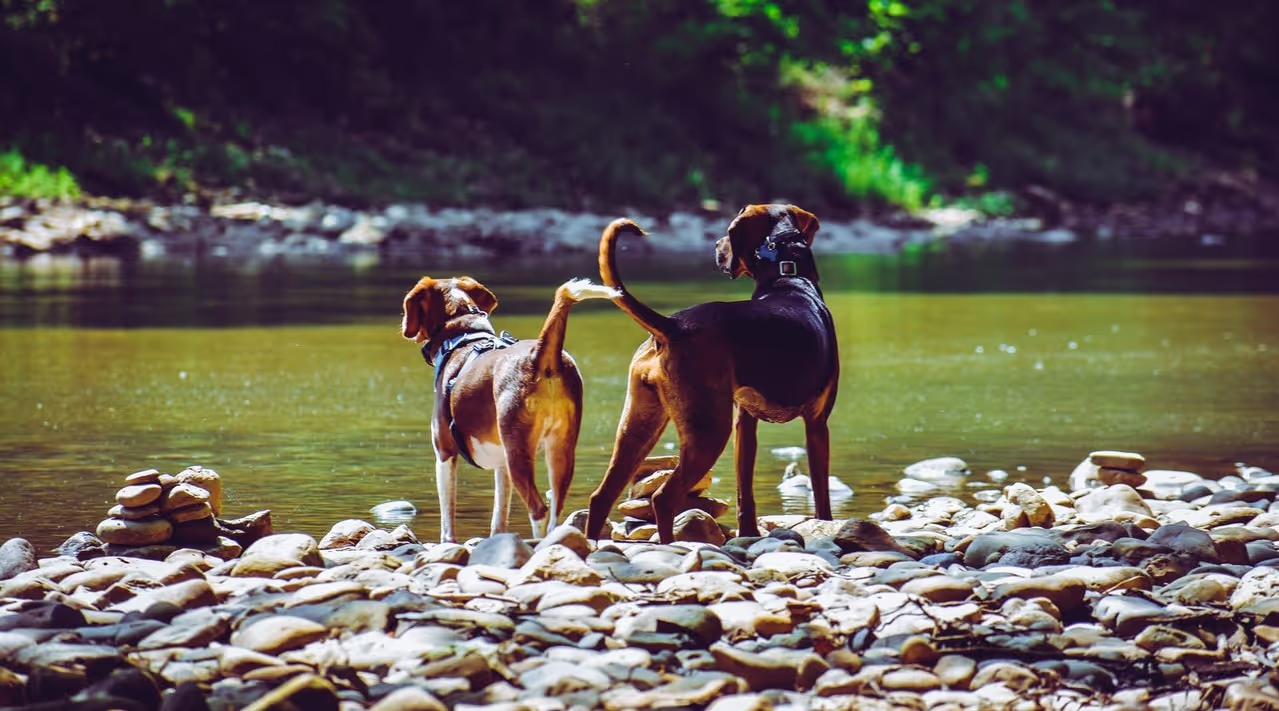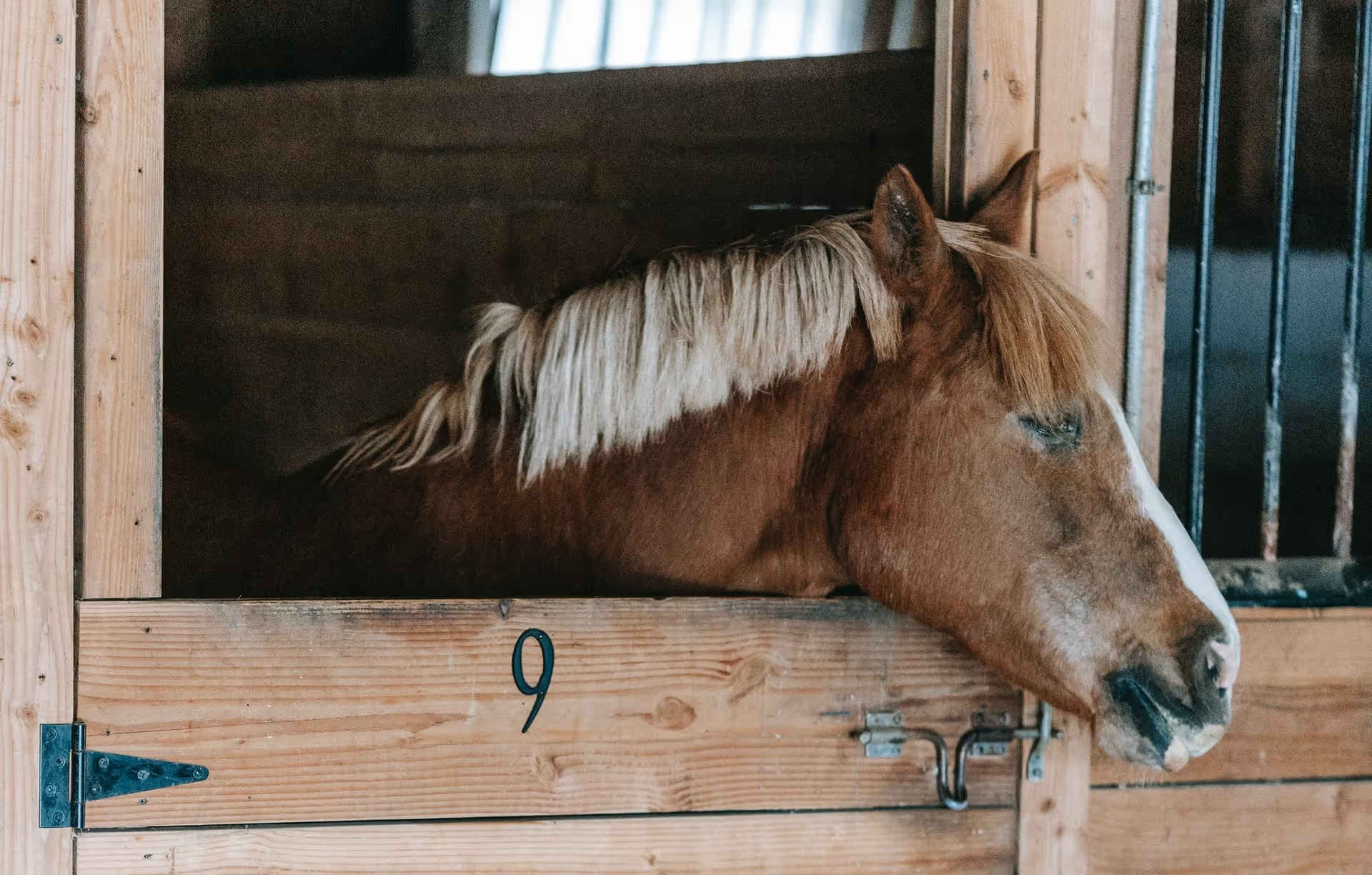
Research shows that when predators are present, birds can stop feeding, or abandon nests, eggs, and fledglings. Predator-prey relationships in the wild are natural, but the presence of domestic animals can upset the balance. This causes harm to this delicate ecosystem.
Over 27% of UK households have a cat - that is over 12 million cats! Cats take over 100 million wild animals in the UK every year, and of these at least 27 million are songbirds. Our latest research project with the University of Exeter studies the effects of predation from cats and offers practical solutions for cat owners.

For some quick tips to protect your garden songbirds from cats, see below:
33% of UK households own a dog, and there are over 12.5 million dogs here in the UK. Some dogs can be a little rough and accidentally cause harm to wildlife when charging around having fun - especially when out and about.

Vegetarian animals such as rabbits (1.1 million), guinea pigs (0.8 million) and domestic fowl (1.2 million) are less of a problem for birds.
If you own a small pet, make sure they are vaccinated to stop the spread of diseases. Often, a by-product of feeding these animals is an extra food source for wildlife and birds.

Larger animals like horses, pigs, goats, and sheep that are kept in buildings such as stables offer a range of food and nesting opportunities for many birds.

Cecchetti, M., Crowley, S.L., Goodwin, C.E.D., McDonald, R.A. (2021) Provision of High Meat Content Food and Object Play Reduce Predation of Wild Animals by Domestic Cats Felis catus. Current Biology. 31:1-5. https://doi.org/10.1016/j.cub. 2020.12.044
Cecchetti, M., Crowley, S.L., Wilson-Aggarwal, J., Nelli, L., McDonald, R.A. (2021) Spatial behaviour of domestic cats and the effects of outdoor access restrictions and interventions to reduce predation of wildlife. Conservation Science and Practice. 4(2): https://doi.org/10.1111/csp2.597
Cecchetti, M., Crowley, S.L., Goodwin, C.E.D., Cole, H., McDonald, J., Bearhop, S., McDonald, R.A. (2021) Contributions of wild and provisioned foods to the diets of domestic cats that depredate wild animals. Ecosphere. 12(9): https://doi.org/10.1002/ ecs2.3737
Cecchetti, M., Crowley, S.L., McDonald, R.A. (2020) Drivers and facilitators of hunting behaviour in domestic cats and options for management. Mammal Review. 51(3): 307-322.
Crowley, S.L., Cecchetti, M., McDonald, R.A. (2020) Diverse perspectives of cat owners indicate barriers to and opportunities for managing cat predation of wildlife. Frontiers in Ecology and Environment. 18(10): 544-549. https://doi.org/10.1002/fee.2254
Crowley, S.L., Cecchetti, M., McDonald, R.A. (2020) Our Wild Companions: Domestic cats in the Anthropocene. Trends in Ecology and Evolution. 35(6): 477-483. https://doi.org/10.1016/j.tree.2020.01.008
Crowley, S.L., Cecchetti, M., McDonald, R.A. (2019) Hunting behaviour in domestic cats: An exploratory study of risk and responsibility among cat owners. People and Nature. 1(1):18-30 https://doi.org/10.1002/pan3.6
Woods, M., McDonald, R.A., Harris, S. (2003) Predation of wildlife by domestic cats Felis catus in Great Britain. Mammal Review. 33: 174– 188.
We need your help to fund our crucial independent research and work.
Join our community and receive our exclusive membership benefits.
Receive our monthly e-news and regular updates